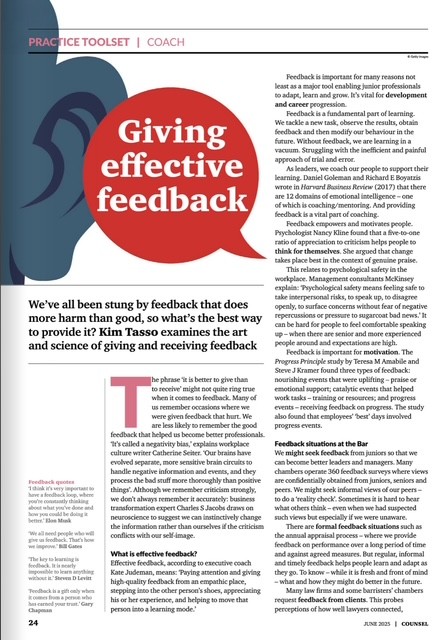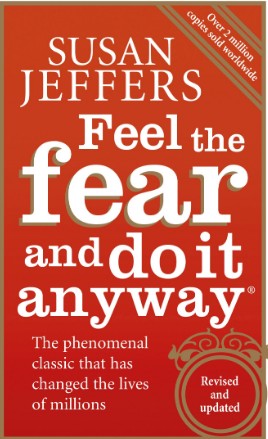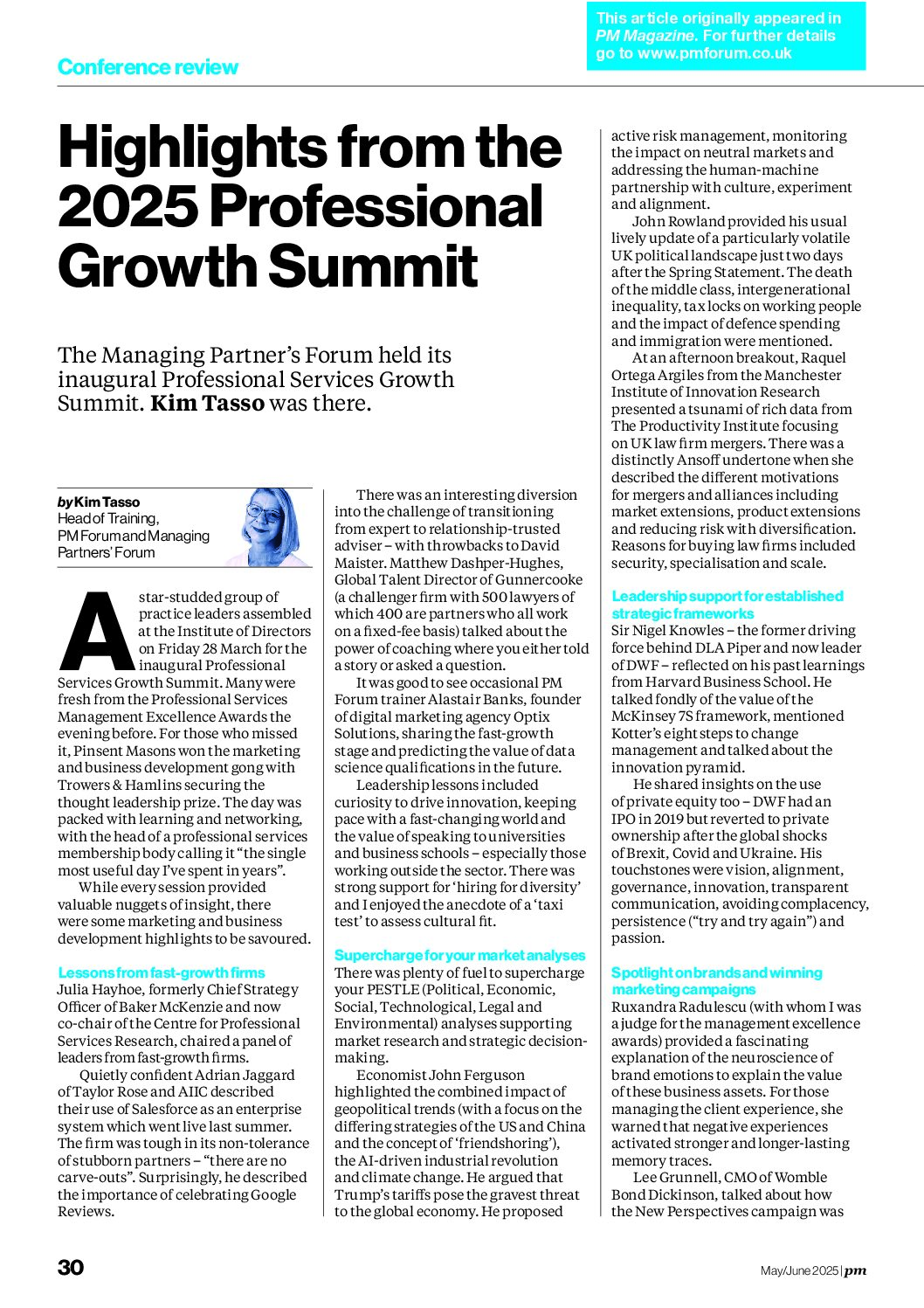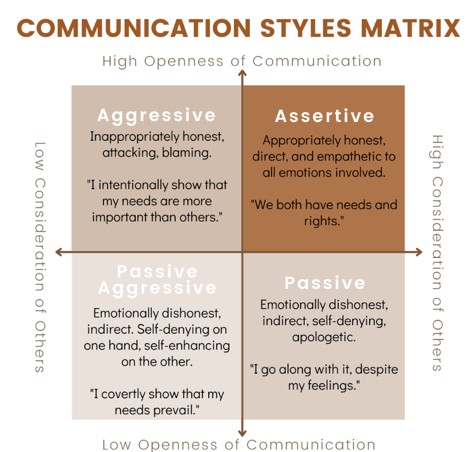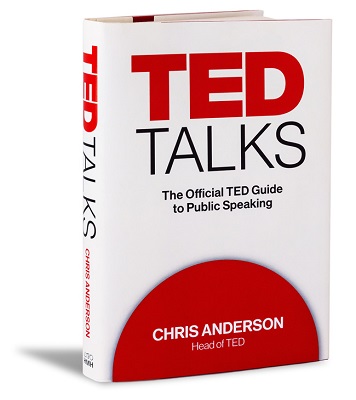
TED’s mission is to nurture the spread of powerful ideas. Anyone who has seen a TED talk knows that they are expert, entertaining, often emotional and always compelling. And never more than 18 minutes. So while many business presentations might not be suitable for the full TED treatment, there must be lots to learn from TED. And so I read this book.
Aim, idea, audience and stories
The author admits that there is no one way to give a great talk and that’s because a key part of the appeal of a great talk is its freshness. He also acknowledges that almost everyone has experienced the fear of public speaking (partly due to the fear of reputation damage). He stresses the need to be yourself – to be authentic. So he says that the book offers tools rather than rules.
There’s a natural focus on the importance of storytelling – to align multiple minds into a shared consciousness. And he draws on the many stories shared by TED speakers as well as his own inspirational journey to make his point. He also focuses on the need to start with the core idea – or the through line (i.e. the point or main message) of the presentation. He urges you to discover what really excites you then show why it matters and flesh out each point with real examples. And to be unexpected and raise curiosity when you deliver your message.
Audience empathy is central and jargon is banished with “you can only use the tools that your audience has access to”. The four styles to avoid include: the sales pitch, the ramble, the org bore and the inspiration performance (i.e. “park your ego”).
Tools
He explores five core tools in detail: connection, narration, explanation, persuasion and revelation.
He argues that to make an impact, there has to be a human connection. He addresses non-verbal communication (the power of eye contact and smiling), the role of laughter in creating social bonding – and the value in showing some vulnerability.
The section on how to explain tough concepts will be valuable to lawyers, accountants and property professionals. The author talks about using metaphors to build on the audience’s existing knowledge (mental models), creating and filling knowledge gaps and bringing in concepts one by one.
On persuasion, the author talks about priming and refers to the work of Daniel Dennett – demolishing existing views to make a conclusion seem more plausible. And he shows how to use reason to demonstrate that your counter-position is false so your position is strengthened. He also talks about the value in making the audience detectives to build a case. There were useful persuasion ideas to add to those I have written about from Cialdini et al (see http://kimtasso.com/book-review-small-big-small-changes-spark-big-influence-steve-j-martin-noah-j-goldstein-robert-b-cialdini-persuasion-science/)
Preparation
It is noted that a third of TED’s most viewed talks make no use of slides whatsoever.
But then he provides lots of advice for those who want to use visuals (PowerPoint, Keynote and Prezi) such as: limit each slide to a single core idea, photographs must be shown “full bleed”, one typeface (Helvetica or Arial – minimum 24 points) per presentation, video clips no more than 30 seconds, none or dissolve as a transition and checking rights before using materials.
There is a long discussion on the merits and drawbacks on fully scripting a presentation. And he is merciless when it comes to the need for repeated rehearsals.
There are four ideas on strong starts (dose of drama, ignite curiosity, show a compelling image, tease). And he describes the 10 second and one minute wars on stage. There’re seven ideas on ending with power (pull back, call to action, personal commitment, values and vision, satisfying encapsulation, narrative symmetry and lyrical inspiration).
On stage
There’s a wealth of guidance on what to wear and help with managing nerves (with an exhaustive range of techniques adopted by Monica Lewinsky). There’s detail on setting up and using lecterns, confidence monitors, note cards, smartphones/tablets and teleprompters/autocues.
The material on voice and presence covers voice coaches’ advice on pitch, pace (130-170 words a minute), timbre, tone and prosody. And there are some interesting examples of truly innovative ways to deliver your talk (e.g. with a dance troupe, dramatic props, panoramic screens, multi sense stimulation, live podcasting, illustrated interviews, spoken word fusion, video poetry, musical soundtracks, the Lessig method, dual presenters, debate format, slide blizzard, live exhibition, surprise appearances and virtual presenters).
At the end, the author reflects on the growing importance of presentation skills in the future in the age of knowledge: Creativity, innovation and human-to-human interaction to provide contextual knowledge, creative knowledge and a deeper understanding of our own humanity.
Conclusion
It’s a great book – although some may find the constant references to various TED talks to illustrate key points irritating. Personally, I found the stories of the TED speakers fascinating and it added to the reading experience.
It’s studded with psychological insights too. What comes across loud and clear is that a central idea, genuine emotion and stories – as well as thorough preparation – are key to a great performance. It will be challenging to apply it all in many professional service firm presentations.
Favourite quotes and nuggets
- As a leader – or as an advocate – public speaking is the key to unlocking empathy, stirring excitement, sharing knowledge and insights and promoting a shared dream
- A complete misinterpretation of what Mehrabian found. His experiments were devoted primarily to how emotion was communicated
- Richard Bach said “Great writing is all about the power of the deleted word”
- Knowledge can’t be pushed into a brain. It has to be pulled in
- Scientists have shown that just the act of two people starting at each other will trigger mirror neuron activity that literally adopts the emotional state of the other person
- Understanding – we can define it as the upgrading of a worldview to better reflect reality
- Robin Hogarth coined the term “the curse of knowledge” – we find it hard to remember what it feels like not to know something that we ourselves know
- Neuroscientists speak of questions creating a knowledge gap that the brain fights to close
Contents
Foundation
- Presentation literacy: The skill you can build
- Idea building: The gift in every great talk
- Common traps: Four talk styles to avoid
- The through line: What’s your point?
Talk tools
- Connection: Get personal
- Narration: The irresistible allure of stories
- Explanation: How to explain tough concepts
- Persuasion: Reason can change minds forever
- Revelation: Take my breath away
Preparation process
- Visuals: Those slides hurt
- Scripting: To memorise or not to memorise?
- Run0throughs: Wait, I need to rehearse?
- Open and close: What kind of impression would you like to make?
On stage
- Wardrobe: What should I wear?
- Mental prep: How do I control my nerves?
- Set up: Lectern, confidence monitor, note cards or (gulp) nothing?
- Voice and presence: Give your words
- Format innovation: The promise (and peril) of full spectrum talks
Reflection
- Talk renaissance: The interconnectedness of knowledge
- Why this matters: The interconnectedness of people
- Your turn: The philosopher’s secret
Other book reviews on presentation skills:
http://kimtasso.com/book-review-presentation-book-create-shape-deliver-emma-ledden/ (February 2014)
http://kimtasso.com/book-review-hbr-guide-to-persuasive-presentations-by-nancy-duarte/ (December 2012)




